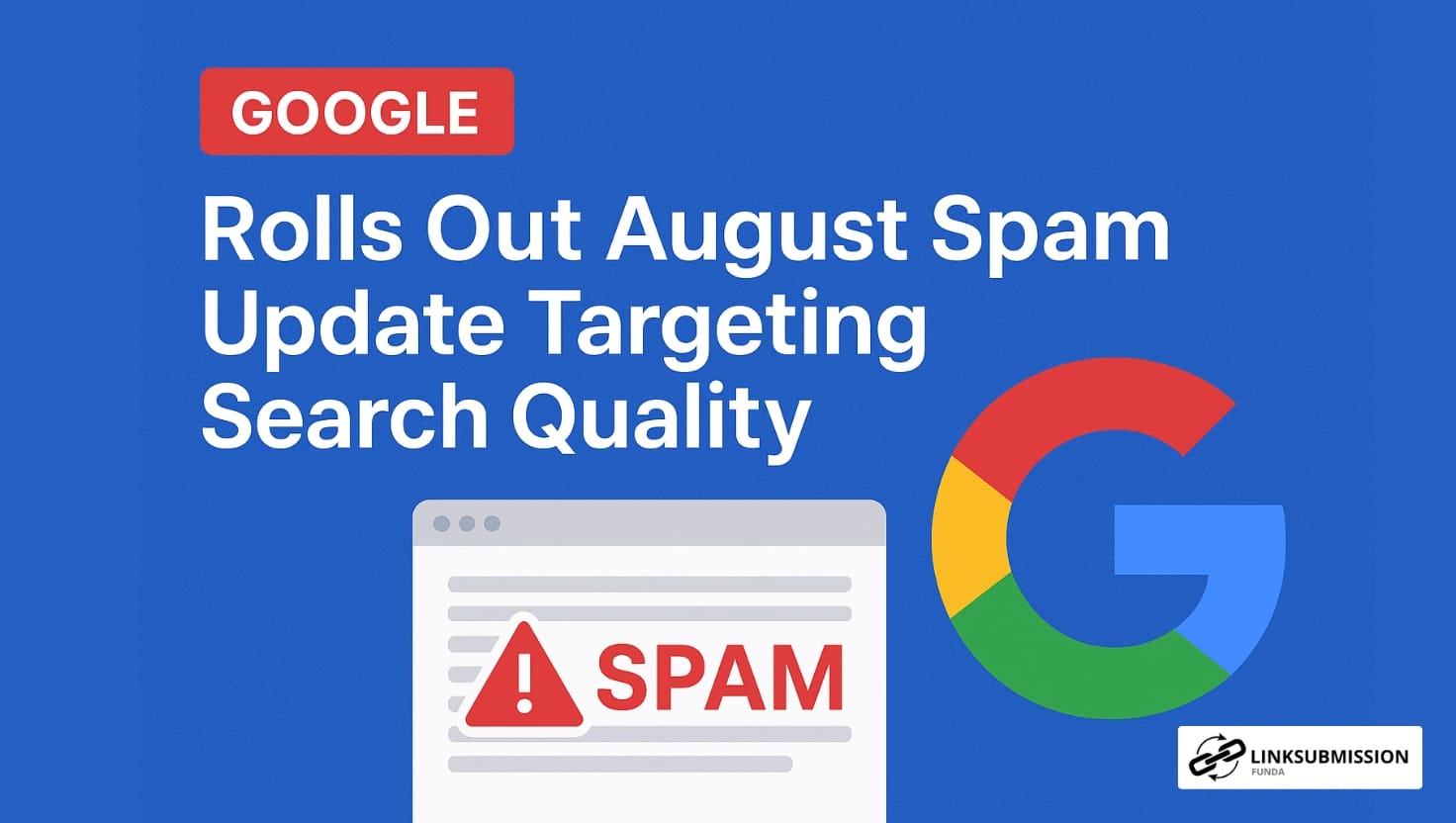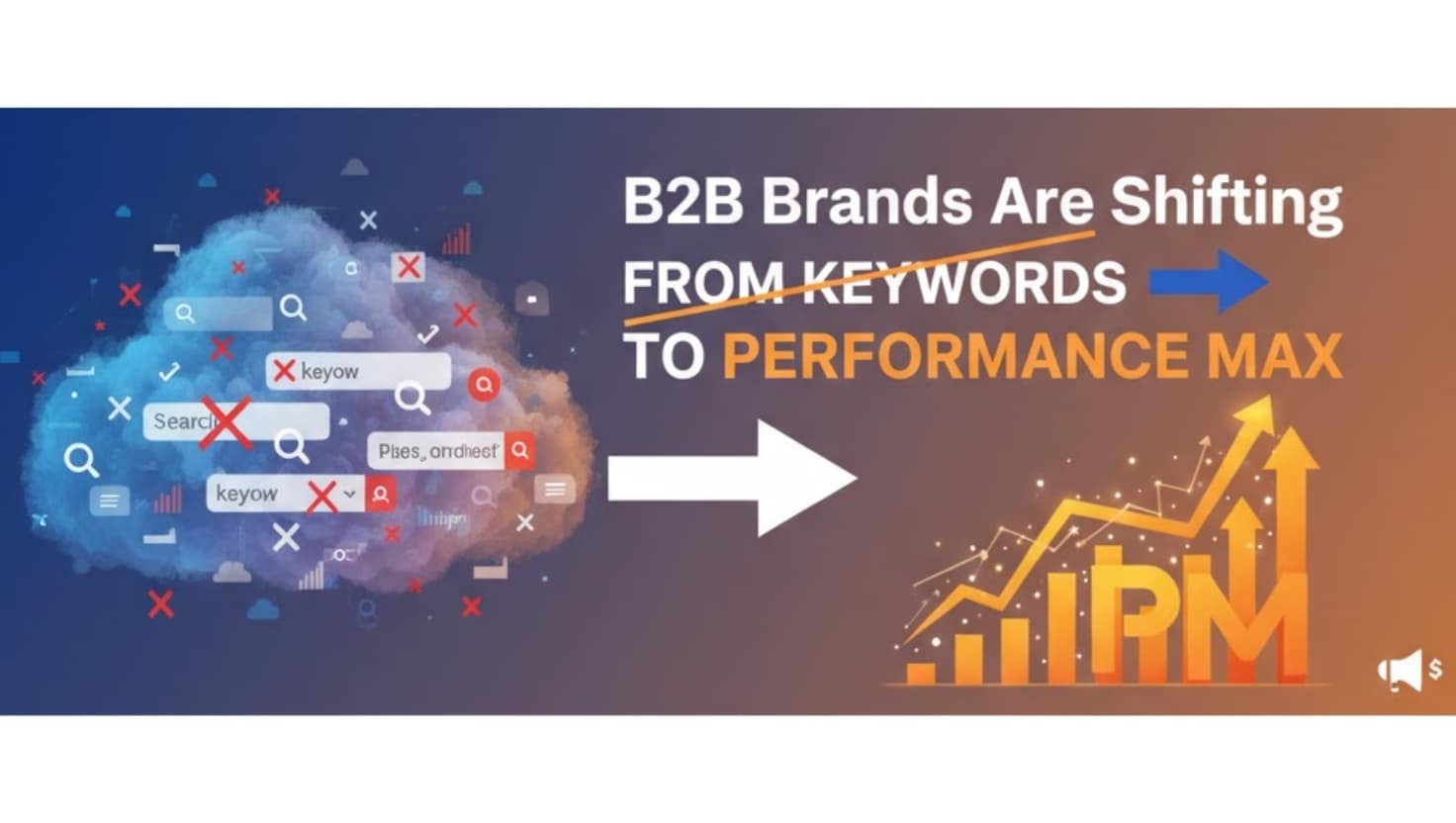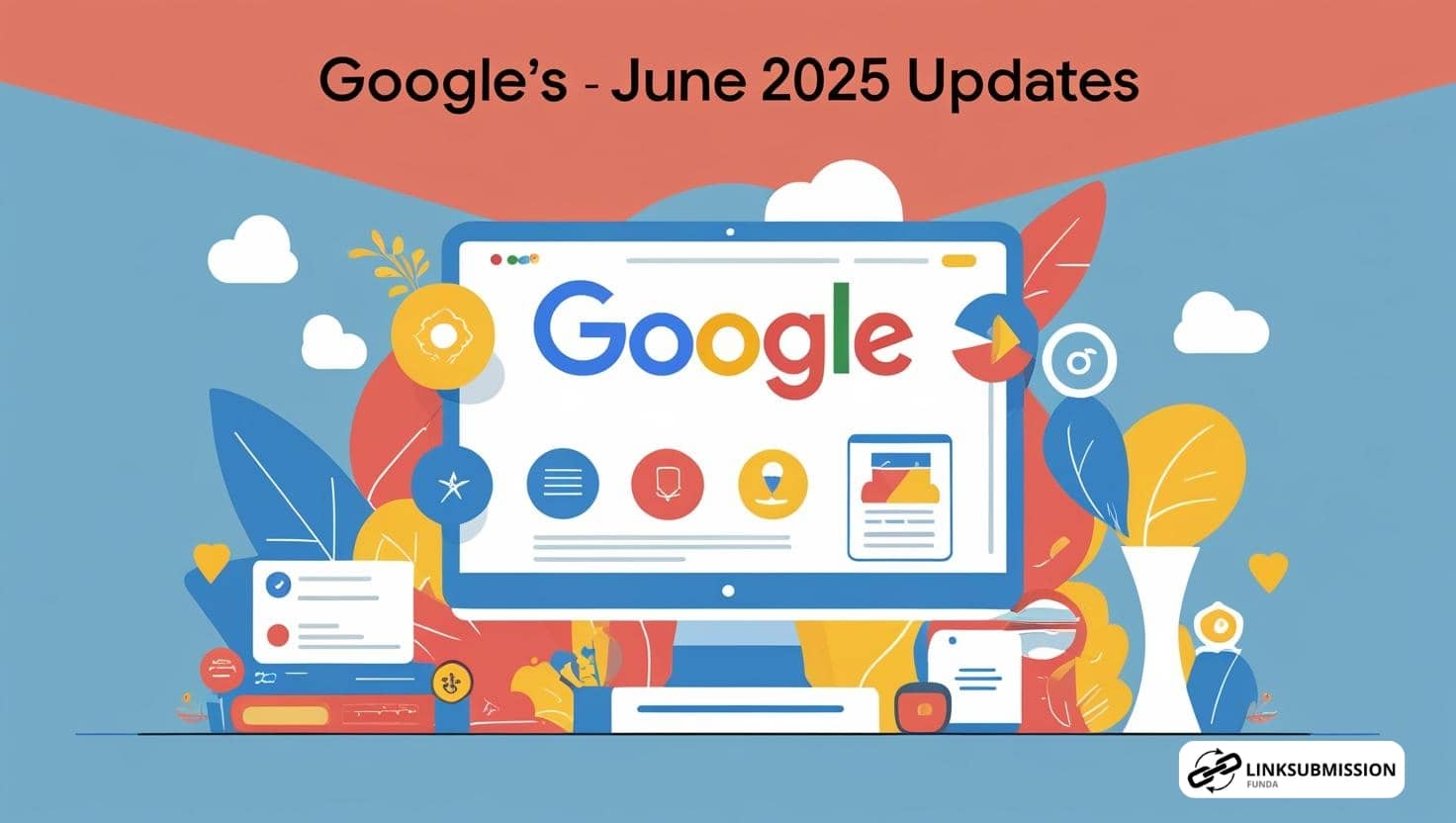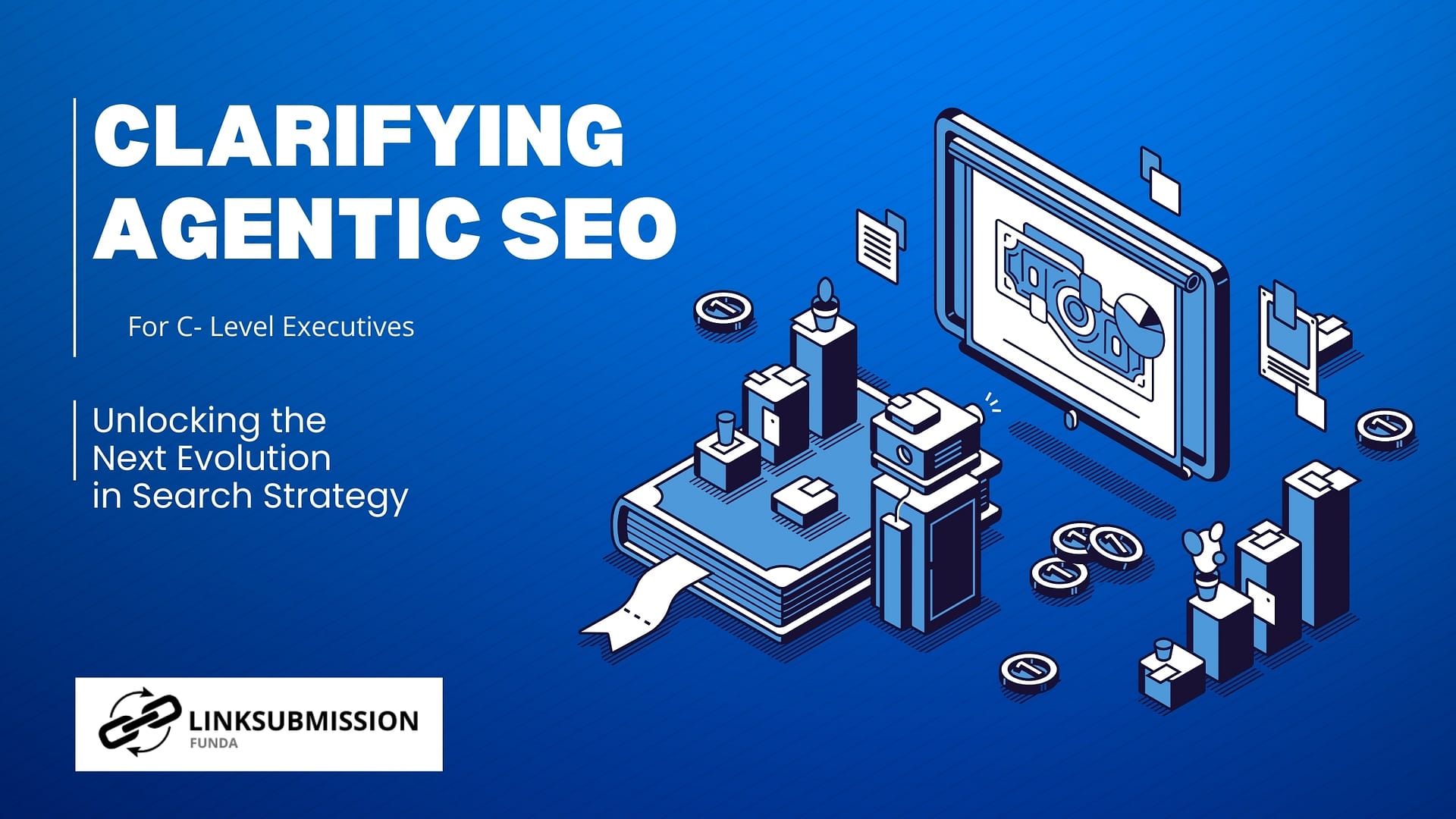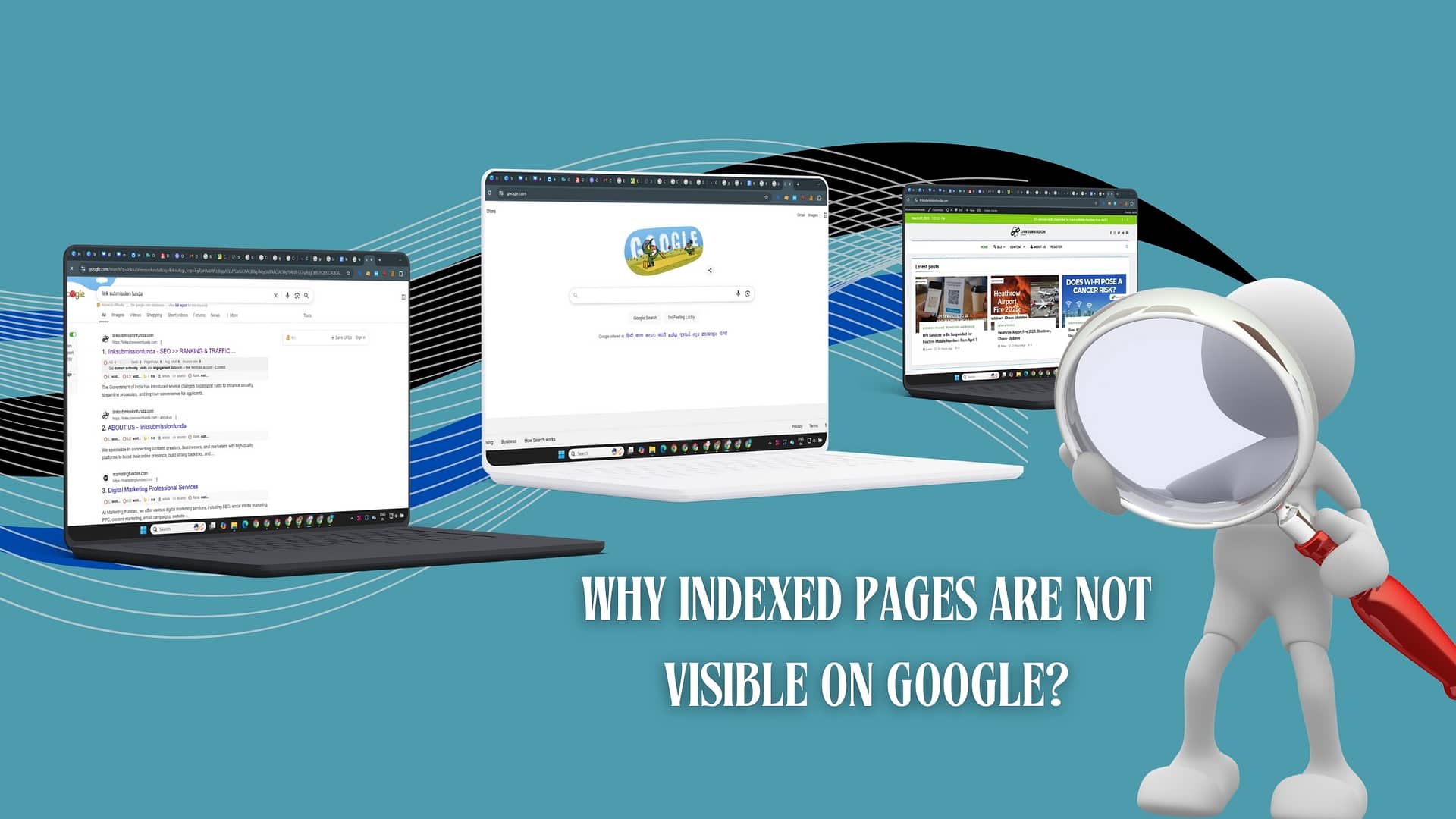In August 2025, Google announced yet another significant step in its ongoing battle to maintain the integrity of search results — the August Spam Update. This update is designed to refine how Google detects and filters spammy content, ensuring that users receive more relevant, trustworthy, and high-quality information when they search.
For website owners, digital marketers, and SEO professionals, this update serves as both a reminder and a warning: maintaining search visibility requires not only creating engaging content but also adhering to Google’s evolving quality standards. Let’s take a deeper look at what this update means and how it impacts the online ecosystem.
What Is the August Spam Update?
Google regularly updates its algorithms to improve the overall search experience. The August Spam Update specifically focuses on reducing manipulative practices, such as:
- Keyword stuffing: Overloading pages with repetitive keywords in an attempt to manipulate rankings.
- Auto-generated content: Poorly written AI or machine-generated content that lacks value for users.
- Cloaking: Showing different content to users and search engines to trick ranking systems.
- Malicious links or low-quality backlinks: Spammy link-building tactics intended to artificially inflate authority.
- Deceptive behavior: Misleading users with hidden text, doorway pages, or irrelevant redirects.
The goal is straightforward: to demote content that tries to exploit loopholes and reward content that provides genuine value.
Why Did Google Release This Update?
Google’s primary mission is to organize the world’s information and make it universally accessible and useful. Spammy websites not only reduce search quality but also frustrate users who rely on Google to find reliable answers.
With the rise of AI-generated content and aggressive black-hat SEO strategies, Google has intensified its spam detection systems. The August Spam Update builds upon earlier spam updates, strengthening filters to catch more sophisticated manipulative tactics.
This update also reflects user behavior trends — today’s internet users want fast, accurate, and authentic information. If Google fails to deliver that, people may shift their trust to other platforms.
Key Impacts of the August Spam Update
- Improved Search Quality
Users will now see fewer spammy, low-value pages in their search results. Instead, high-quality, relevant websites will gain better visibility. - Stricter Evaluation of Content
Content that is thin, repetitive, or created primarily to manipulate rankings may lose visibility. Google’s systems are better at spotting whether a page genuinely helps users or simply tries to rank. - Link Spam Detection
Websites relying on excessive paid links, link farms, or low-quality guest posts may see a drop in rankings. Google continues to push for natural, organic link-building practices. - Impact on AI-Generated Content
Not all AI-generated content is bad, but poorly optimized, unedited, or irrelevant AI-driven text may be flagged. Human oversight and originality remain crucial for content success. - Geographic & Language Reach
This update is not limited to English searches. It applies globally across multiple languages, reinforcing Google’s goal to create a fairer search experience everywhere.
How Businesses and Websites Should Respond
If your website is affected by this update, recovery depends on aligning your strategy with Google’s spam policies and best practices. Here are some steps to take:
- Audit Your Content: Review existing articles, blogs, and landing pages. Remove keyword stuffing, filler text, and duplicate content.
- Focus on Value: Write content that solves problems, answers user questions, and provides real insights. Quality should outweigh quantity.
- Clean Up Links: Eliminate spammy backlinks and focus on earning authoritative, relevant links through partnerships, PR, and organic mentions.
- Improve User Experience: Ensure fast page load speeds, mobile-friendly design, and easy navigation. Google favors websites that keep users engaged.
- Be Transparent: Avoid deceptive practices like hidden text, doorway pages, or misleading redirects. Honesty in SEO always pays in the long run.
- Humanize AI Content: If you use AI, make sure the final output is edited, fact-checked, and tailored for users — not just algorithms.
What This Means for SEO Professionals
For SEO specialists, the August Spam Update underscores the need to shift from outdated tactics to user-first strategies. Those who relied heavily on manipulative tricks may see declines, but those who’ve been following ethical SEO practices will likely benefit.
It also highlights the importance of continuous adaptation. Google’s algorithm updates are not one-time events — they are part of an ongoing evolution. Staying informed, monitoring analytics, and being proactive are key to long-term SEO success.
Final Thoughts
The Google August Spam Update is a strong reminder that shortcuts in SEO don’t last. While spammy tactics may offer quick wins, they risk long-term penalties as Google’s systems become smarter.
For businesses and creators, this update is an opportunity rather than a threat. By prioritizing transparency, quality, and user value, you can not only survive updates like this but also thrive in a more competitive search landscape.
At the end of the day, Google’s mission aligns with what users want: authentic, useful, and accessible content. If your website aligns with that vision, algorithm updates will work in your favor, not against you.

